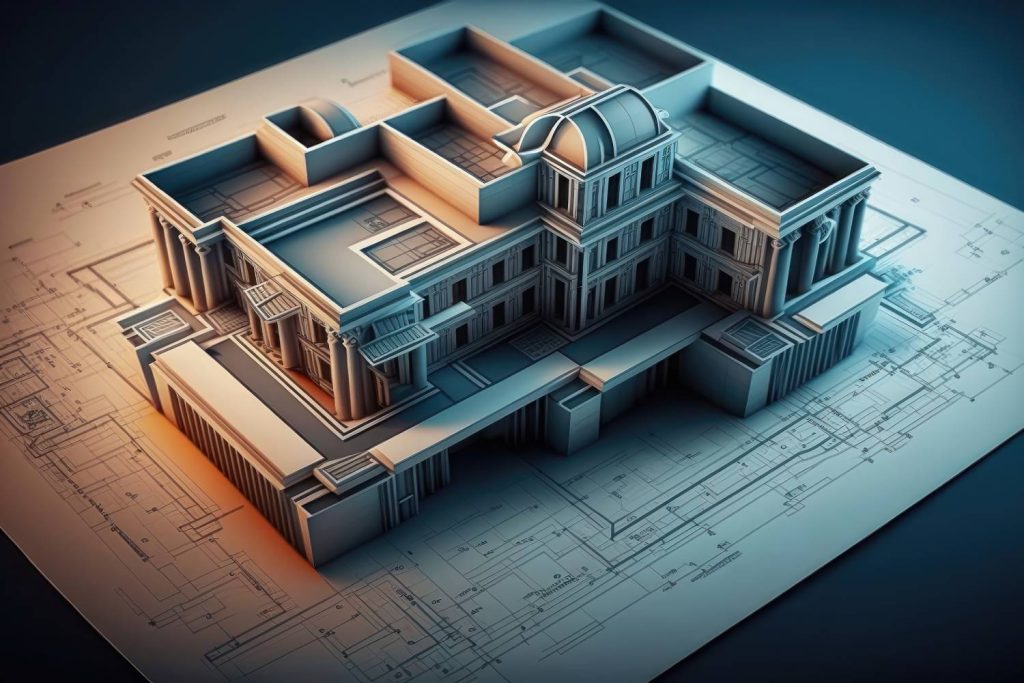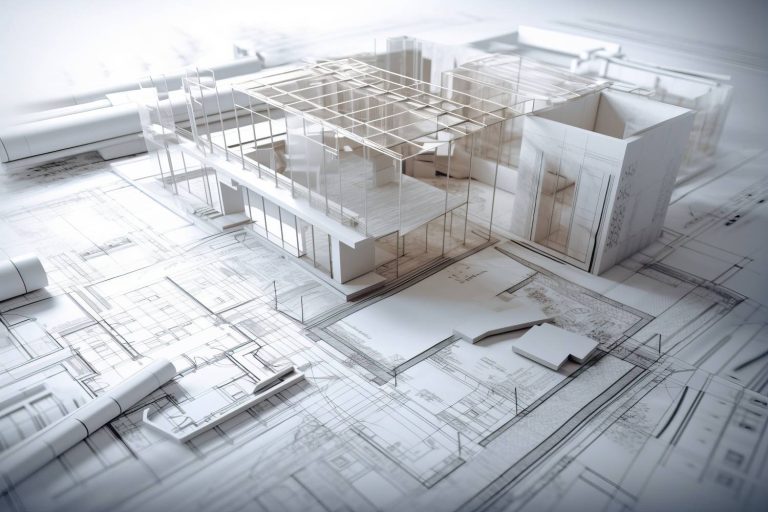Construction Industry
The Construction Industry has undergone a digital revolution in recent years with the adoption of Building Information Modeling (BIM). This innovative methodology has transformed the way construction projects are designed, built and managed around the world. In this article, we will explore the advantages of using BIM and how this technology is driving greater efficiency, collaboration and quality in the construction industry with the following advantages:

Integration and Centralization
One of the main advantages of BIM is its ability to integrate and centralize all information related to a construction project in a digital model. This model ranges from the geometry of the building to data on materials, costs, schedules and technical specifications. By having all information in one place, project teams can collaborate more effectively, reducing duplication of effort and minimizing errors in decision making.
Efficiency in design and early detection of conflicts
BIM allows designers and architects to create accurate three-dimensional virtual models of the project before physical construction. This advanced visualization makes it easy to identify conflicts or potential problems in the design early, helping to avoid costly changes during the construction phase. In addition, the possibility of carrying out simulations and energy performance analyzes optimizes the design and improves the building's efficiency.
Cost and time reduction
The BIM methodology improves the management of construction projects by allowing a more precise and detailed planning. This leads to better resource allocation, more accurate cost estimation, and schedule optimization. With more efficient management, projects can be completed within budget and in a reduced time, resulting in a faster return on investment for all parties involved.
Greater precision and quality in construction
By using accurate virtual models, construction teams can ensure that project execution is carried out in accordance with specifications and original design. Reducing errors and early detection of construction problems results in a higher quality final product and a significant reduction in rework. This not only improves customer satisfaction, but also fosters a positive reputation for construction companies.

Improvement in building life cycle management
BIM not only benefits the design and construction phase, but also provides a solid foundation for building lifecycle management. BIM models can be used for maintenance, operation and renovation of the building throughout its useful life. The information stored in the model allows building owners and managers to make informed maintenance decisions and make improvements more efficiently.
Compliance with regulations and standards
The use of BIM facilitates compliance with construction regulations and standards, since the necessary information is available and updated in the digital model. This is especially useful in complex projects that must comply with multiple regulations and requirements.
Conclusion
The adoption of Building Information Modeling (BIM) has proven to be a significant advancement in the construction industry. With its advantages in information integration, design efficiency, cost and time reduction, as well as quality improvement and building life cycle management, BIM has become a fundamental tool to drive efficiency, collaboration and quality in construction. Those companies that embrace the BIM methodology are building a solid future in the industry, preparing to face the challenges and take advantage of the opportunities in an increasingly digital and demanding world.
If you want to learn how to generate highly efficient construction projects, knowing the latest technologies implemented in Buildings, do not hesitate to sign up for our Professional master in BIM and efficient Energy management.

































